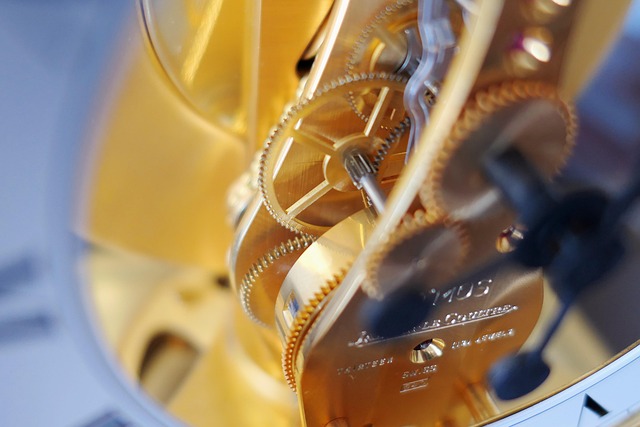Introduction: Cardiac Fibrosis and the circRNA Enigma
Cardiac fibrosis, characterized by excessive accumulation of extracellular matrix (ECM) components, is a hallmark of various cardiovascular diseases, leading to impaired cardiac function and ultimately heart failure. While traditional research has focused on protein-coding genes and microRNAs (miRNAs), the role of circular RNAs (circRNAs) in cardiac fibrosis is rapidly emerging as a crucial area of investigation. circRNAs, a class of non-coding RNAs, are characterized by their covalently closed loop structure, rendering them resistant to exonucleases and potentially more stable than linear RNAs.
circRNAs: Structure, Biogenesis, and Function
circRNAs are generated through a process called back-splicing, where a downstream splice donor site joins with an upstream splice acceptor site. This circularization event results in a molecule lacking 5' and 3' ends. circRNAs can function in several ways, including acting as miRNA sponges, regulating transcription, and even encoding peptides.
# Example Python code (Conceptual) to illustrate circRNA quantification from RNA-seq data
# Assuming you have a matrix 'counts' where rows are circRNAs and columns are samples
import numpy as np
def normalize_counts(counts):
# Normalize by total reads
lib_size = np.sum(counts, axis=0)
normalized_counts = counts / lib_size
return normalized_counts
# Example Usage
# normalized_counts = normalize_counts(counts)Altered circRNA Expression in Cardiac Fibrosis
Several studies have identified dysregulated circRNA expression patterns in fibrotic hearts. For example, some circRNAs are upregulated in response to profibrotic stimuli (e.g., TGF-β1, Angiotensin II), while others are downregulated. The specific circRNAs involved and the direction of their change in expression can vary depending on the model system (in vitro vs. in vivo) and the specific type of cardiac injury.
Mechanisms Linking circRNAs to Fibrotic Processes

The mechanisms by which circRNAs influence cardiac fibrosis are diverse and context-dependent. Some circRNAs directly interact with profibrotic signaling pathways, such as the TGF-β/Smad pathway. Others may regulate the expression of ECM proteins like collagen type I and fibronectin. Furthermore, circRNAs can influence the inflammatory response in the heart, which also contributes to fibrosis.
A simplified representation of TGF-β/Smad pathway activation leading to fibrosis is: TGF-β + Receptor → Smad activation → Gene transcription (e.g., Collagen I) → ECM deposition → Fibrosis
Therapeutic Potential and Future Directions

Given their regulatory roles in cardiac fibrosis, circRNAs represent promising therapeutic targets. Strategies to modulate circRNA expression, such as antisense oligonucleotides (ASOs) or small interfering RNAs (siRNAs), could potentially attenuate or even reverse fibrosis. Further research is needed to identify the most effective circRNA targets and to develop safe and efficient delivery methods.
Conclusion
The emerging role of circRNAs in cardiac fibrosis underscores the complexity of gene regulation in the heart. Understanding the specific circRNAs involved in fibrosis and their mechanisms of action will be crucial for developing effective therapies to prevent and treat this debilitating condition. Further research is warranted to fully elucidate the therapeutic potential of targeting circRNAs in cardiac fibrosis.
